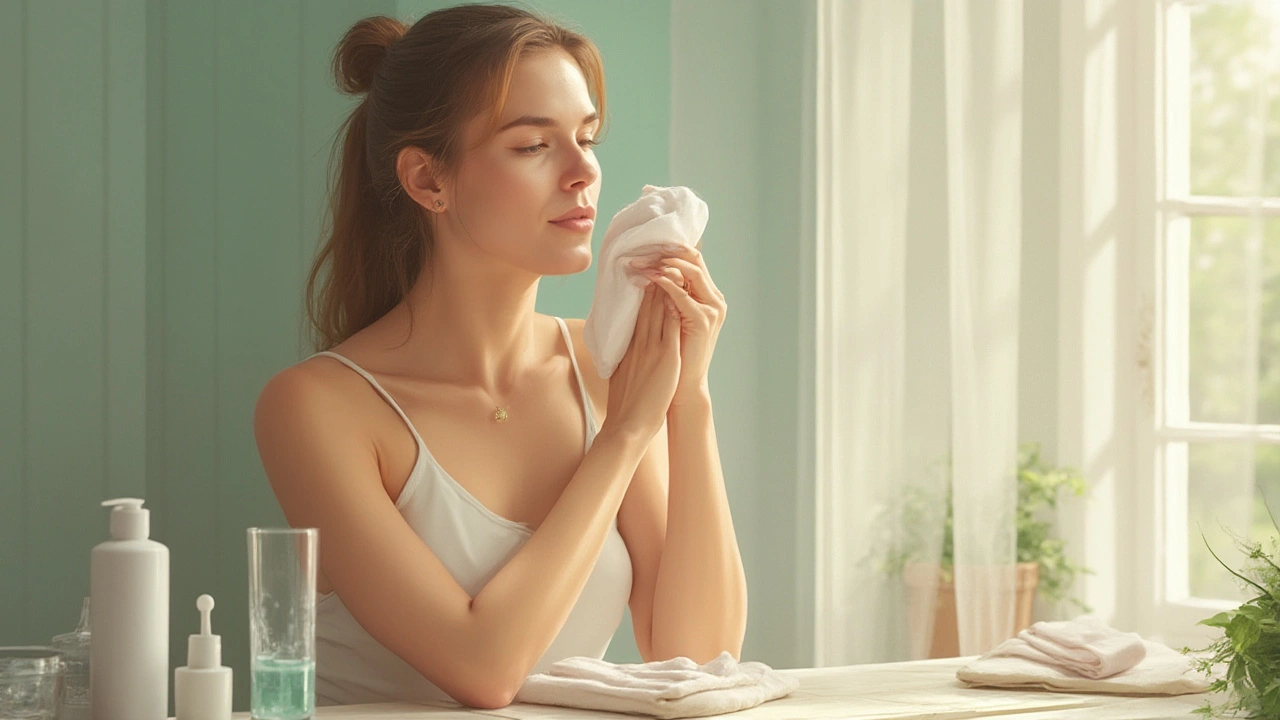Sunburn and Rosacea: Smart Tips for Calming Redness and Protecting Your Skin
Nothing triggers a rosacea flare-up quite like a bad sunburn. If your skin turns red even on a cloudy day or feels hot and itchy in the sun, you’re not alone. People with rosacea know how quickly sunlight can turn a normal day into a painful, red mess. But there’s good news—there are ways to protect your face and bounce back fast if you do get burned.
So, why does the sun stir up so much trouble for rosacea-prone skin? The answer is all about your skin’s sensitivity. UV rays ramp up inflammation and break down fragile blood vessels, making that infamous redness and stinging even worse. For some, even short sun exposure means days of flushing and bumps. That’s why everyday SPF is non-negotiable. A mineral sunscreen with zinc oxide or titanium dioxide is your best bet. Chemical sunscreens sometimes sting or trigger breakouts, but mineral formulas sit gently on top of your skin and physically block those UV rays before they can spark a flare.
Picking the right sunscreen isn’t just about SPF numbers. Look for a formula labeled for sensitive or rosacea-prone skin, and skip anything with heavy fragrances or alcohol. A matte finish can also help hide shine when you’re already dealing with redness. Many people find creams or lotions more soothing than sprays, which sometimes dry out skin or cause patchy coverage.
What if you missed a spot or the sun got sneaky? Cool things down right away. Use a gentle, fragrance-free moisturizer, and avoid products with harsh acids or alcohol until the redness calms down. Hydrocortisone cream seems tempting, but check with your doctor first—overuse can actually thin the skin, making rosacea worse in the long run. Stick with lukewarm water when washing, and pat (don’t rub!) your face dry.
Worried about long-term damage? Regular sunburns don’t just cause flares—they raise the risk of broken capillaries, thickened skin, and even early aging. If you spend a lot of time outdoors, a wide-brim hat and sunglasses go a long way, especially when combined with a solid SPF routine. Some people also see improvement with prescription creams for rosacea, like metronidazole or azelaic acid, but these should be used on calm, unburned skin for best results.
If you find yourself dealing with frequent sunburn and rosacea flares, talk to a dermatologist. They can recommend medical treatments and offer personalized advice. Everyone’s skin is different, and what soothes one person may irritate another. But staying on top of sun protection and knowing how to recover from a burn makes a massive difference in how you feel—and how much flare-ups mess with your life.
Best After-Sun Care for Rosacea: Dermatologist-Backed Ingredients & Tips
Discover after-sun care tips and gentle cooling ingredients that soothe sun-exposed skin without triggering rosacea flare-ups. Get dermatologist advice and product picks.
Read more
